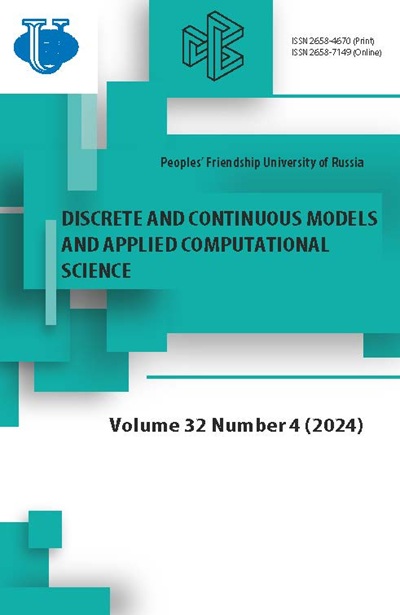Моделирование взаимодействия «мозг - компьютер» на основе модели стабильной диффузии
- Авторы: Щетинин Е.Ю.1
-
Учреждения:
- Финансовый университет при Правительстве Российской Федерации
- Выпуск: Том 31, № 3 (2023)
- Страницы: 273-281
- Раздел: Статьи
- URL: https://journals.rudn.ru/miph/article/view/35923
- DOI: https://doi.org/10.22363/2658-4670-2023-31-3-273-281
- EDN: https://elibrary.ru/KPCBBQ
Цитировать

















